Because this was a unique experience and we all see and learn in our own way, we asked our kids to put together some of their thoughts, insights, and learnings from touring the Holy Land.
Thoughts from Bryson:
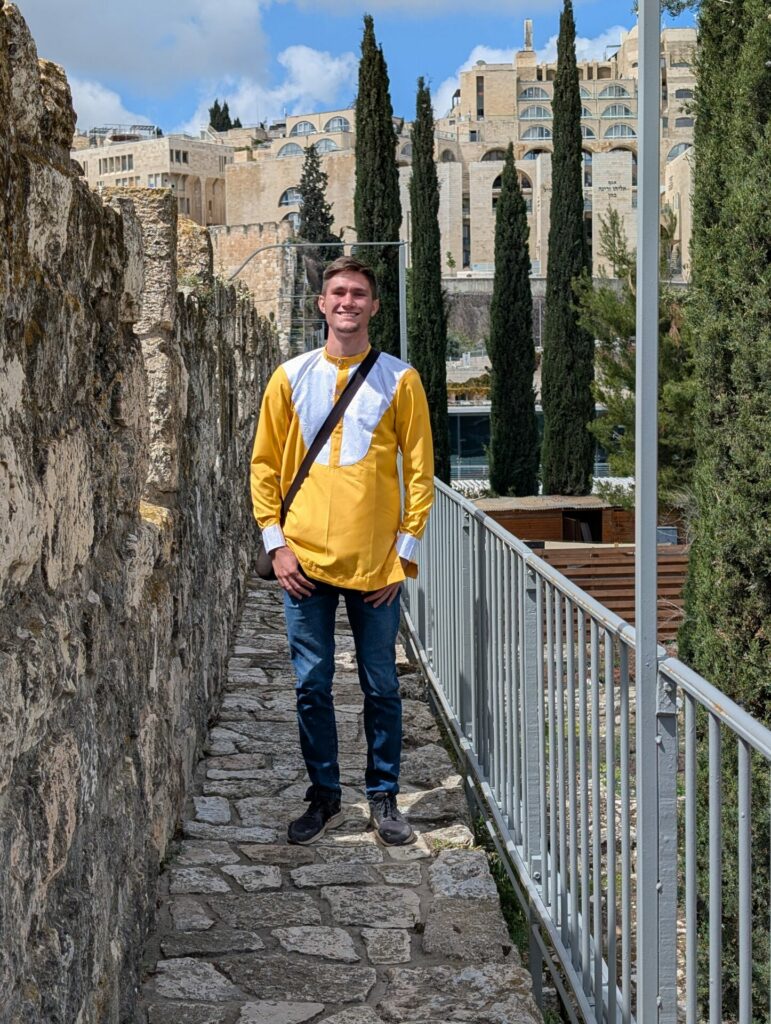
Going to Jerusalem was a unique experience, I think we were truly the luckiest group, we had most the sites to ourselves with the best tour guide. It allowed us to truly appreciate the sites we were being shown, and to feel the proper feelings. Some of the most touching spiritual moments for myself were the Garden of Gethsemane, as well as the tomb. Especially the times when we got to touch the stone where He supposedly knelt and suffered at, and when we got to the garden tomb, we somehow managed to be in there by ourselves, and we got to sing, I Know My Redeemer Lives. It’s very surreal to see the places where all these sacred events happened. It was also nice that it was so close to Easter and talking about the things He did and having been there, made a large difference in the way I felt the Easer events.
Thoughts from McKenna:
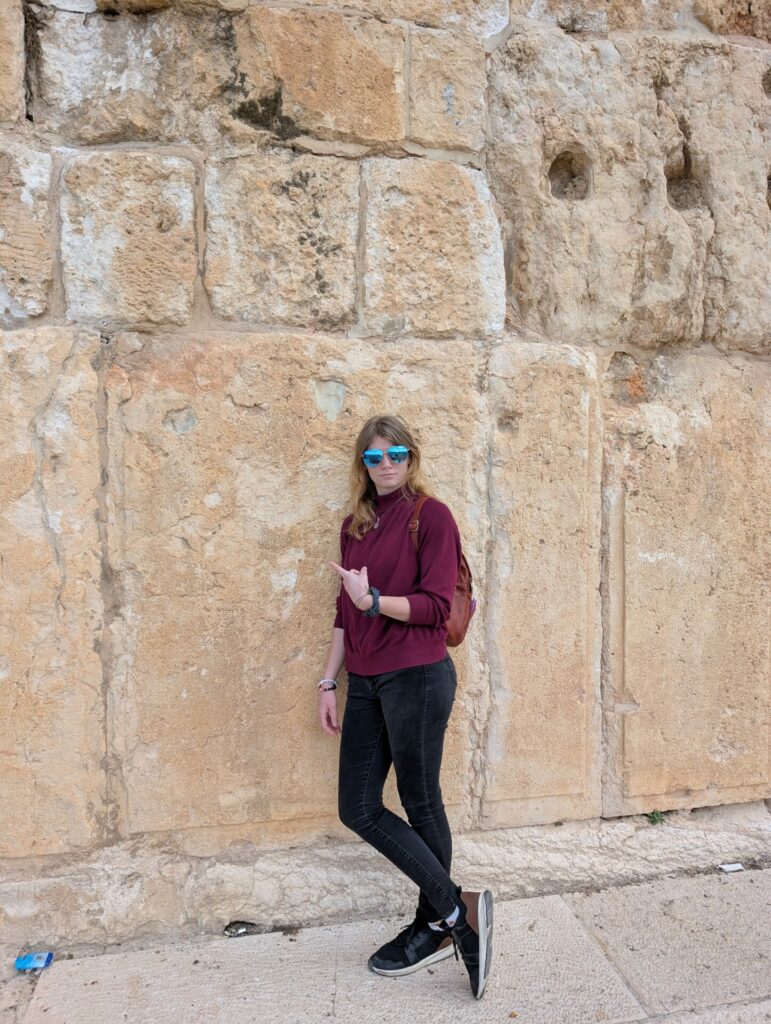
To be honest, I had mixed feelings about my trip in Israel. I of course was excited to see my family and was really excited to see all the places Jesus had been and just be in the “Holy Land”. Along with my excitement, was all of my other emotions of feeling overwhelmed, hurt, broken, and just in despair. So naturally I brought all those feelings with me to my trip.
Part of me was hoping that walking around in Israel would somehow just fill me with the spirit so much that I would be healed. But if everyone was going to feel overwhelmed with the Spirit and healed whenever they went there, it would be like there’s no choice in believing or faith. So I realized I would have to work on myself more.
But I’m grateful I wasn’t just healed, because I was able to see how human my Savior was. He experienced a mortal life and endured through so much physical pain. It was able to bring me comfort with the things we endure and help me see that there is a purpose and a plan. I didn’t feel better but it helped me to keep going.
This isn’t to say that I didn’t enjoy the trip, I did enjoy it and loved every minute. I was fascinated by all the little details put into the churches to make something marvelous. And even though they were all different religions, it was beautiful how the gospel was represented in many different ways. There wasn’t anywhere specific that I felt drawn to or loved the most, all of it was cool to see and nice to see the relations to the Bible.
Though I wish I was in a better state of mind to fully enjoy it, being there was an experience I’ll always hang on to.
Thoughts from Gavin:

Visiting Jerusalem was an experience I’ll never forget. The city is full of history, culture, and spiritual significance. Walking through places where Jesus and other historical figures once stood really helped me appreciate the past. Every stone, building, and site had a story. Some stories I knew, while others completely changed how I saw things.
Before visiting, I had a basic understanding of many biblical events, but being in the actual places where they happened made them feel real in a way I hadn’t imagined. I learned new historical facts that reshaped my view of the Bible’s world. Unexpected emotions surfaced and my spiritual experiences strengthened my faith. This journey was a personal experience that will stay with me forever.
During the trip, I discovered a lot about Jerusalem’s history and the importance of its landmarks. One surprising fact was about the olive trees on the Mount of Olives, which are over two thousand years old. They were there when Jesus prayed in Gethsemane, making the site even more special. I had thought of Gethsemane as just another part of Jesus’s story, but being there made it real. Those ancient trees, silent witnesses to history, made me wonder how many other biblical events have small, living remnants today.
The Dead Sea was another fascinating place. I knew about its high salt content but seeing it made it real. The water was so salty it felt thicker than ocean water. The area around it was strangely still. No fish or plants—just a vast, lifeless stretch of water. It was hauntingly beautiful and made me appreciate how unique this part of the world is.
I also learned something surprising about Jesus’s birth. Most nativity scenes show a wooden stable, but Jesus was actually born in a cave used as a stable. This detail changed how I imagined it. Instead of a warm wooden barn, it was likely a dark, cool cave where animals were sheltered. This made the story of His birth feel even more humble and powerful.
Masada National Park was another unforgettable historical site. Before this trip, I knew little about Masada, but learning about the people there and the Roman attack was both fascinating and sad. The Jewish rebels at Masada fought hard against the Romans, and when they couldn’t win, they chose to take their own lives rather than be captured. Standing on that mountaintop fortress, I could almost see the desperation and determination of those people. Their story of resilience also carries deep sorrow and shows how far people will go to protect their freedom.
This trip stirred many emotions. Walking through ancient ruins and historic buildings made me feel like I stepped back in time. Every place had its own energy—some peaceful and thoughtful, others heavy with history. At the Pool of Bethesda, I was amazed by the ancient structures still standing after centuries. The pool is important in the Bible because Jesus healed a man there who couldn’t walk for 38 years. Seeing it in person, I could imagine the scene, with people gathered around hoping for healing. Standing where miracles happened was overwhelming.
I was fascinated by all the things King Herod built. Though known for his harsh rule, his architectural work was undeniably impressive. From expanding the Second Temple to the fortress at Masada, Herod made a big mark on history. Seeing his grand structures made me appreciate how advanced and ambitious his rule was.
One of the biggest surprises was seeing how much Jerusalem has grown. I thought of it as an ancient city frozen in time, but it has continued to grow and change. The mix of historical landmarks and modern buildings was striking. Despite its religious importance, Jerusalem is also a lively center for tourism and business. This mix of old and new made me realize Jerusalem is a living, breathing city, not just a relic of the past.
During this trip, as I explored historical and cultural sites, my faith grew stronger. Many times, I thought deeply about my beliefs, but two experiences meant the most to me. The first was at Gethsemane. Standing among the ancient olive trees, I reflected on Jesus’s suffering while he prayed there. Though I knew the story, being in that exact place gave me a fresh understanding. The peaceful atmosphere seemed as if the trees remembered that important night. Being there humbled me, and I truly felt the depth of Christ’s sacrifice more than ever before.
The second key moment was at Jesus’s tomb. Standing at the site believed to be where He was buried and rose again was intense. The tomb was plain, yet incredibly significant. Though I always believed in the resurrection, this place made it feel more real. I imagined the disciples’ feelings of confusion, fear, and joy when they first saw the empty tomb. This experience filled me with gratitude and renewed faith.
My journey through Jerusalem was not just a trip—it enriched my understanding of history and deepened my faith. Each place I visited offered valuable lessons about history, culture, or faith. Learning about the past gave me newfound respect for the sacrifices and struggles of those before us. Visiting these sacred sites made the biblical stories feel more real to me.
Beyond what I learned, I formed a deeper emotional and spiritual connection to my faith. Feeling the history in Gethsemane, standing at Jesus’s tomb, and experiencing the lively energy of Jerusalem all left a lasting impact. Returning home, I bring a renewed perspective that emphasizes the importance of faith, the power of history, and the lasting influence of the past.
This trip was more than seeing new places; it was about experiencing something greater than myself. It reminded me that history isn’t just in books—we can touch it and feel it. Often, these connections with history are the moments that change us the most.
Thoughts from Claire:

One place that stood out to me was Jesus’s birthplace. We expected it to be something like a barn, but we learned that stable back then usually meant a cave. Being there, I felt that Jesus was there, and He was there to help me feel the Spirit. As I looked at the sections in the cave I saw on the right there was a star where Mary laid while she gave birth. And then on the left there was a few stairs where it showed where Jesus was in the manger, but it didn’t have the manger. I went down those steps and I crouched down and I felt His Spirit very strongly, like this was the true place where He was when He was wrapped in swaddling clothes.
I want to bear my testimony that I know that Jesus is always with you, and I also want to testify that I know that these places where I saw are the true places where Jesus lived. Amen.
Thoughts from Hallie:

Additional thoughts from Phil & Alicia:
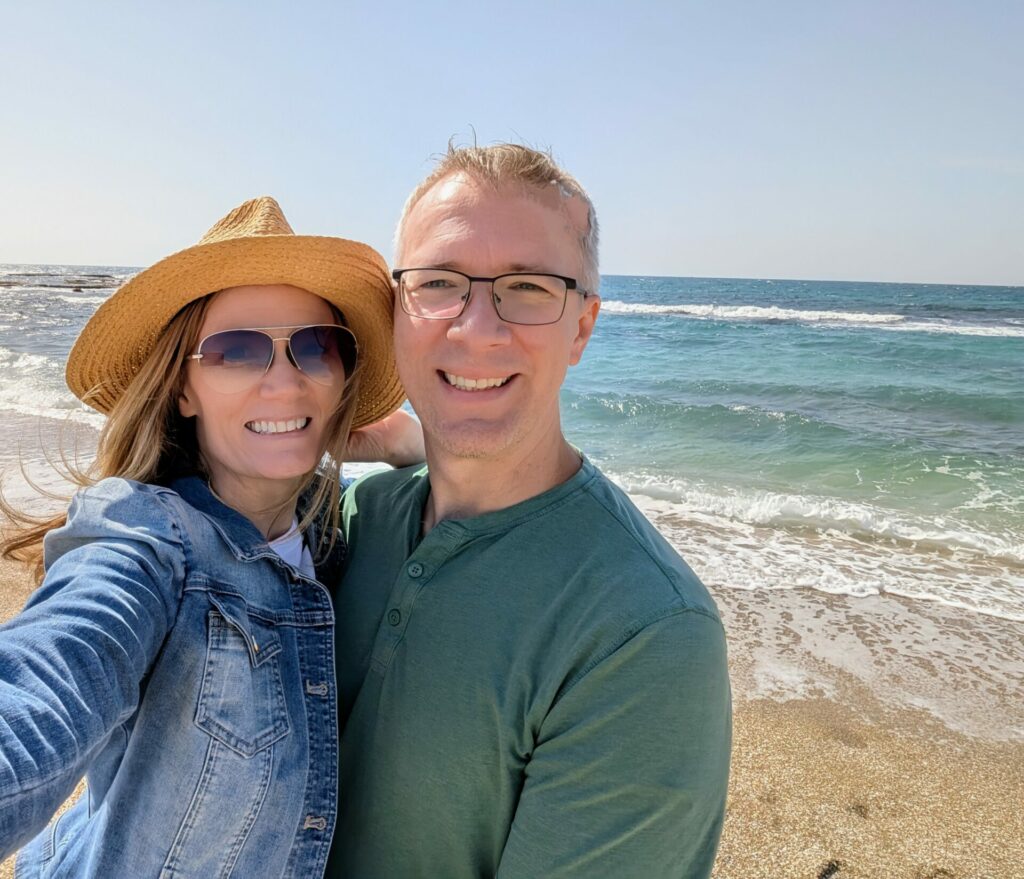
Alicia- A few things that stuck out to me through our travels in the Holy Land.
Frist, while it was a great opportunity to see with my own eyes the places where significant events in the Savior’s life took place, the “tradition” of each location or structure aren’t what makes it significant. There’s a lot of emphasis put on preserving the physical or tangible objects and locations that may have been here when Christ was on the Earth, but these “things” lack the spiritual element that can only come from contemplating what took place there. This is what confirmed and testified to me of the event itself as well as the great love our Savior has for each of us.
Second, while visiting the Church of Visitation, said to be the approximate location of the home of Zacharias and Elizabeth. This is in Judea where Mary met up with her cousin Elizabeth, as it describes in Luke1:41-42, “When Elisabeth heard the salutation of Mary, the babe leaped in her womb; and Elisabeth was filled with the Holy Ghost: And she spake out with a loud voice, and said, Blessed art thou among women, and blessed is the fruit of thy womb.”
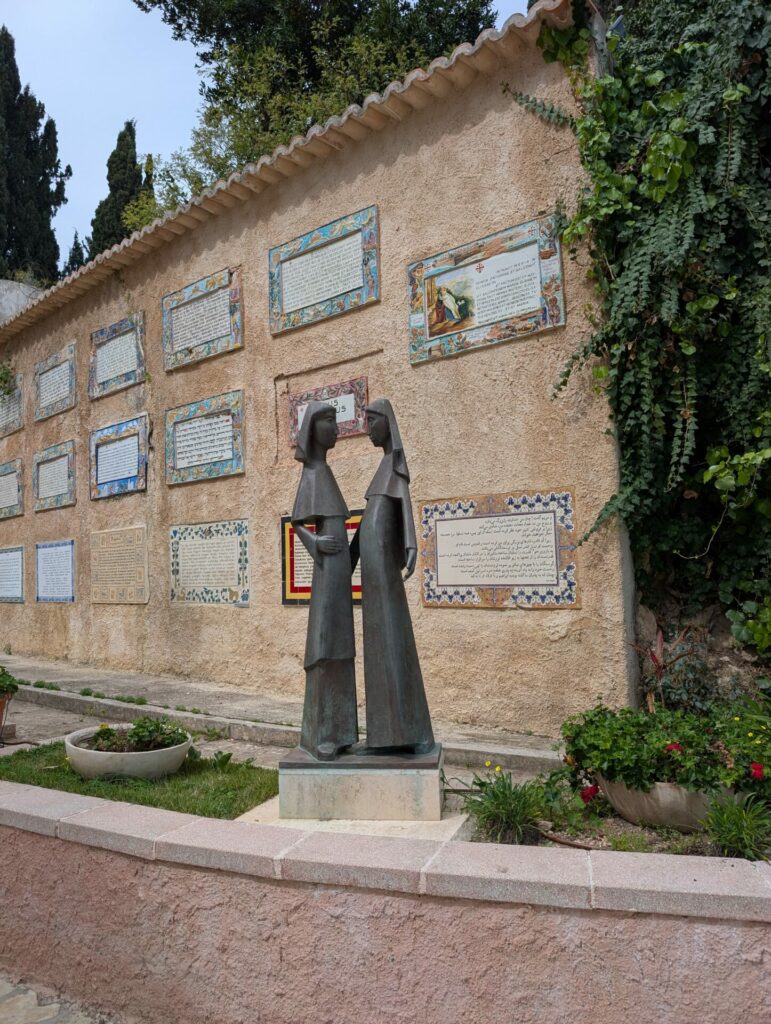
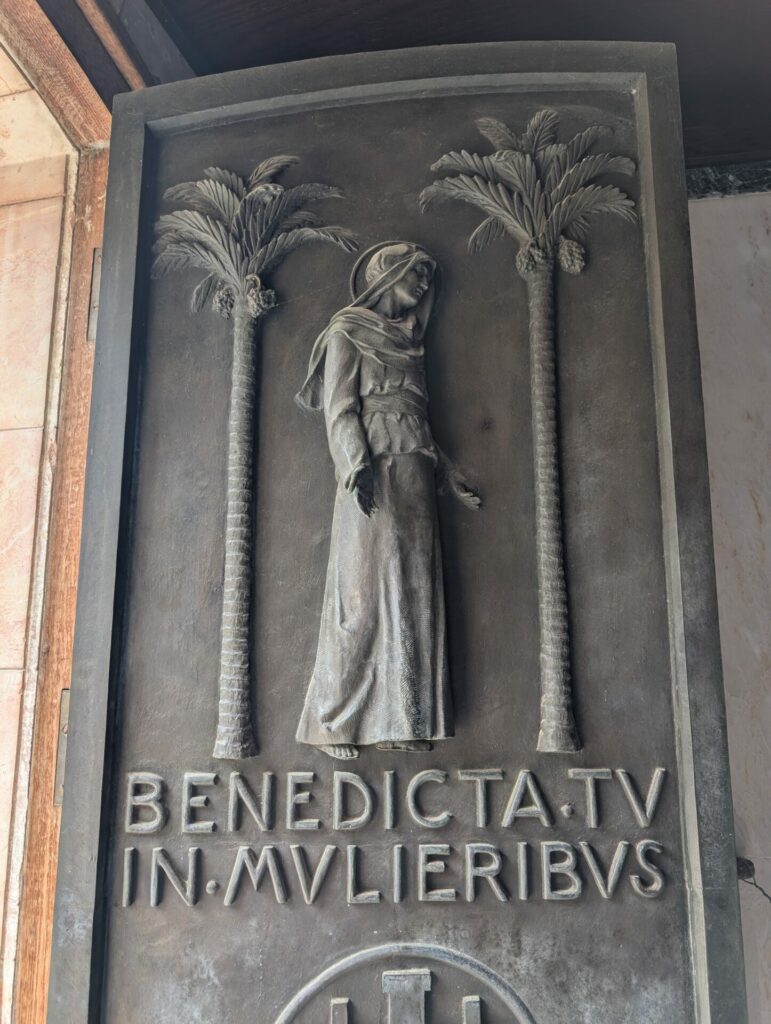
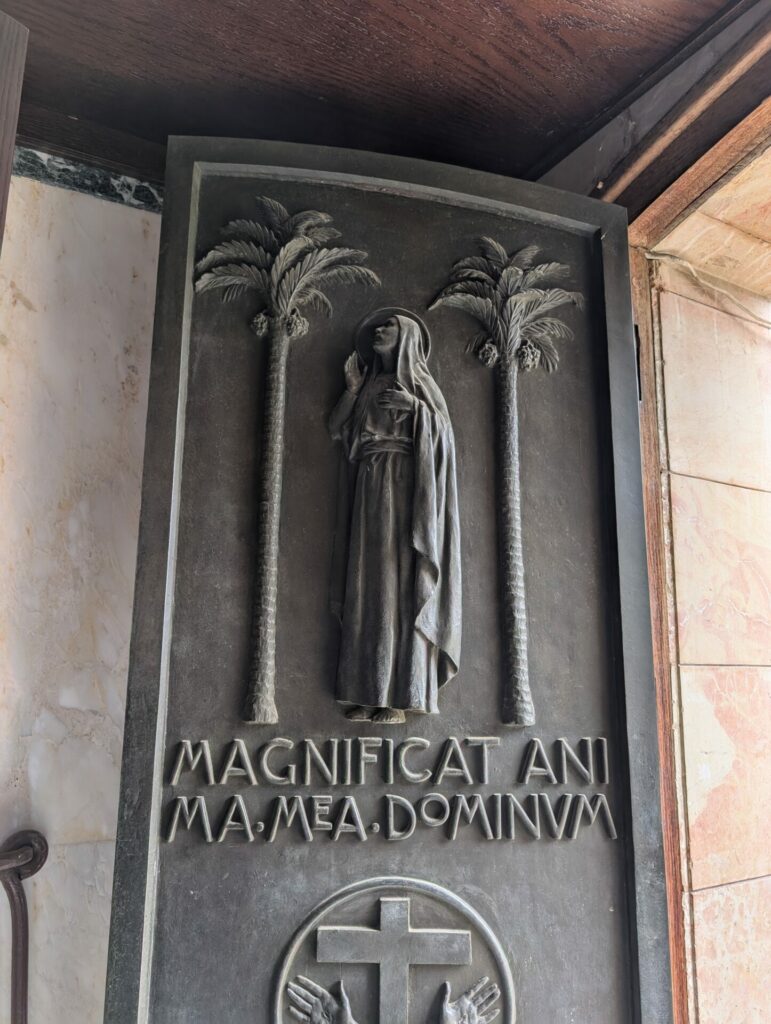
This place gave a deeper meaning to me about the power of womanhood and unity. I loved seeing the sculptures and art articulating the significance of these two women of faith. Their influence and willingness to not only help take part in bringing forth Salvation for all, but how they were guarded and protected from the influences of the world around them. Especially at a time when their experiences were easily shunned because it was either unheard of or unclean- Elizabeth in her old age and Mary was not yet betrothed. I’m sure they kept to themselves, and I wondered how alone they sometimes felt.
As we walked through, I started appreciating that these women had each other to talk to and share this incredible experience with. I also felt confirmation that not a single woman is raising her children alone. We are all surrounded by angels who have gone before, who understand the significance of bringing these children into this world, their precious souls, and with those who are placed in our path the moments we need them most. It made me reflect on the women of faith in my own life, before I became a mom, and through mothering my children. I’m grateful to those who have lifted me, comforted me, and have even loved my children with me. As well as the vastness of love and support I have felt from the other side of the veil. The power and role of women is real and an essential part of God’s perfect plan.
And third, while we were in the Garden of Gethsemane and reflecting on the significance of our Savior’s atonement, I connected that what He went through wasn’t just handed to Him as our trials can sometimes feel like, but that He chose it- out of love. He chose it because He loves us enough to take on something we couldn’t do ourselves. Giving us a chance to become and receive all that God is and has. The significance of His great love allowed me to recognize it’s all I will ever need. No matter what I face, or go through, no matter the heartache, struggle, or even the times when loneliness overcomes me, I can allow His love to be enough. His love heals, mends, repairs, forgives, uplifts, and lightens. His love can be all we need in and through every moment when we allow it to be. The more I put this into practice, the more love I get to feel. Making it easier to embrace the moments with more patience, kindness, and forgiveness. What our Savior went through is all we need to overcome all that we will ever experience and it’s the only way to experience true joy and peace.
Phil – “According to Tradition”
Our guide made one thing very clear: many sites are not archeologically proven to be accurate. As you may recall, Christianity was not widely accepted until well after the death of Christ and His original apostles. Apparently, it wasn’t until about 300 years later that Helena, the mother of Emperor Constantine, was sent by him to secure key sites. She would ask around and have a church built upon each site. Each church would then be destroyed by the Persians around 614 AD. New churches or other monuments would be built atop the ruins of these churches many hundreds of years later. In all but a very few cases, there is little to no archaeological evidence that these events happened at precisely this location. So what remains today is often more a matter of long-held tradition than of certainty.
Truth be told, the fanatical way many of these churches and the pilgrims to them regard a particular stone or relic was rather off-putting. For example, the cave (grotto) where, “according to tradition”, Christ was born has a foundation wall splitting it in two between two churches – a Roman Catholic Church and the Church of the Nativity. The latter is itself one physical structure shared by the Greek Orthodox Church and the Armenian Apostolic Church. Between two church denominations scheduling services and blessings in the sacred spot and all the tourists trying to get in for a moment to pray at a very-man-made altar over a piece of rock that may have witnessed Christ’s birth, was not exactly the reverent and reflective experience I had hoped for.
Another interesting example is the Church of the Holy Sepulchre, shared by six Christian denominations, and home to the Immovable Ladder – the quintessential symbol of disagreement between Christian churches. The ladder has sat on a ledge on the Church’s facade for over 300 years waiting for all six churches to decide what to do with it.
On the other hand, one could argue that it is astounding that six groups can work together to co-own such an important historic landmark at all.
We watched priests from three different traditions process with incense, chant prayers, and bow before a shared stone in the Church of the Holy Sepulchre, each with minor differences in how they did it. At first, I found it quite unsettling – perceiving highly ritualistic and fanatical idol worship. As a Latter-day Saint, I’ve been taught to seek Christ through simple, personal worship. But then, would our temple ceremonies, which hold deep personal importance to me, be viewed any differently by an outsider? A little further study reveals that the use of incense and chant/prayer, in alignment with Old Testament practices, is a way to engage the whole person in worship – sight, smell, sound, and movement. They honor sacred history through devoted daily means – to remember, reenact, and reverence key events in Christ’s life.
And so, perhaps despite some differences in specific ways of worship, and despite some disputes about what site was really the site where a biblical event happened, maybe it isn’t about identifying the accuracy of the tradition at all. Maybe what matters is that the tradition, and devotion to it, helps you draw closer to God. And for me, releasing judgment about others’ traditions was a necessary step in drawing closer to God myself.
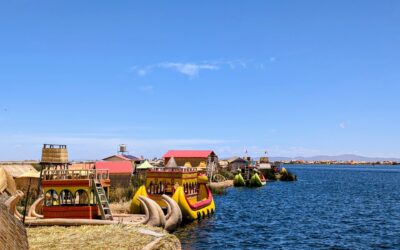
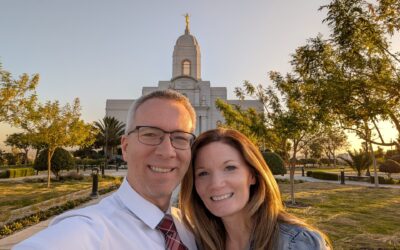
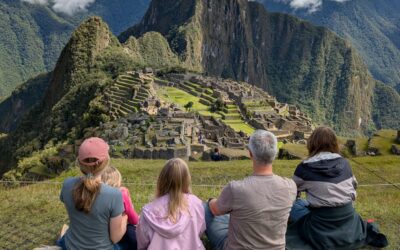
0 Comments